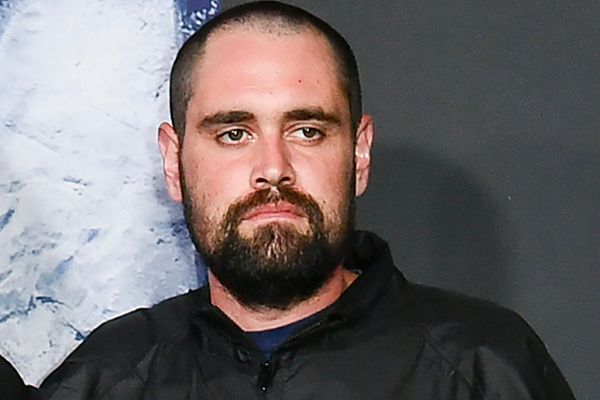
A demand for magazines and newspapers that represent a more diverse spectrum of rural communities has led to a new wave of mastheads spearheaded by country women – and metro-based Australians are a big percentage of their audience.
For Bendigo editor Kimberley Furness, creating a magazine came from not seeing her story in the titles on offer at local supermarkets in central Victoria.
“That is, of a woman living and working in regional Australia while trying to wrangle four kids,” she says.

A social media trainer, Furness started the quarterly magazine OAK in 2017 to champion rural and regional women in business. Earlier this year, she was a double winner in the 2022 Rural Women’s Awards.
Annabelle Hickson, editor-in-chief of Galah magazine, was tired of seeing regional Australia represented through a one-dimensional lens. She founded the contemporary cultural publication near Tenterfield in the New South Wales New England region in 2020.
“There are all these amazing things [in rural Australia] and all this advantage, which I didn’t feel were being spoken about,” she says.
Young people were the missing demographic for Alice Armitage, editor-in-chief of Pandaemonium, a quarterly newspaper she founded at Moree in the NSW north west in 2022.
Armitage’s biggest driver was the loss of her much-loved teenage cousin, Nicholas, who took his own life.
“It’s the foundation of what I’m trying to do; to build a more diverse representation of what is possible for young people outside of the city, because I think we have a very particular concept of what regional Australia looks like,” she says.
Wagga Wagga publicist Georgie Robertson, founder and director of The Regional PR Co, believes Covid contributed to broadening the rural media landscape after many rural news outlets shut down.
“There was a commitment from people to really continue showcasing and telling stories of rural and regional communities,” she says.

“It just demonstrates that kind of regional resilience. If we’re going to be shut down, we’ll open up in other spaces and provide new opportunities.”
Robertson also cites Bush Journal, a quarterly newspaper launched in 2021 by a women’s photography collective; and Graziher magazine, which recently appointed former Country Style editor-in-chief Victoria Carey to its editorial directorship.
According to Robertson, the rhetoric during Covid was that “print was dead”, although the rise of bush-based print titles suggests the opposite.
Hickson says she started Galah with the support of an online community cultivated through her blogging, social media, newsletter and book. Calculating she’d need 3,000 preorders to cover print and design costs, her first issue had a print run of 8,000. Now, it’s 12,000.
Printed in Australia and available by subscription and through stockists nationally, it won consumer publication of the year at the 2022 Publish Awards.
The editorial team includes editor-in-chief Hickson, Sydney-based creative director Giota Letsios, and new editor-at-large Helen Anderson in Launceston. According to Hickson, its publishing model is reader-led, with 90% of revenue drawn from the cover price and 10% from advertising.
“In this direct-to-reader model, you can have a business that requires only a small amount of eyeballs, but you have this really deep relationship with your customers,” she says.
Furness also notes the importance of a community that exists beyond print. A former regional journalist, she produced the first issue of OAK in six weeks. Now, she works with a team of female country-based creatives to produce each issue, and a podcast. Recent award wins contributed $30,000 in grants to further her work.
Two full-time staff and a network of over 40 regional freelancers bring each edition of Pandaemonium together in Moree. Printed by a family owned business in Wodonga, Armitage distributes it herself to subscribers, wholesalers, and partners.
A largely self-funded outlet, it’s “a very lean business” that is “very closely connected with our readership”, she says. Private investment has helped, and a formal capital raise is on the cards.
“Our first issue went to print in February with a print run of 2,500,” she says.
“Our audience has consistently grown on average 15% a week since we launched, and our readership for the year has clocked in at 48,000.”
While Furness and Armitage are country-born, Hickson relocated to the bush from the city and pitches the rise of metro residents going bush as a “new era” on Galah’s website.
The Australian Bureau of Statistics recorded 70,900 people making the same move in the 2020/21 financial year. Millennials accounted for the single biggest cohort, according to the Regional Australia Institute.
Furness says OAK has a large metropolitan readership, and Armitage reports that 40% of Pandaemonium’s audience is city-based.
“There are so many instances where there are these incredibly brilliant, incredibly progressive people choosing to be in regional Australia to work on some of these big challenges that we’re all facing in the future,” she says.
Lisa Cugnetto is a freelance writer based in Newcastle







